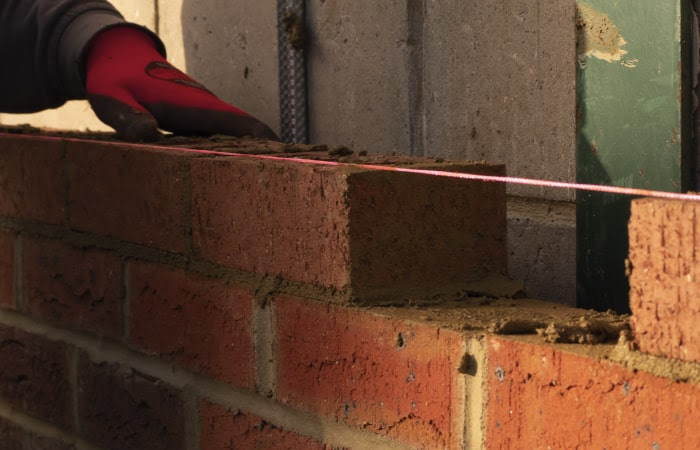With the news that pandemic restrictions will continue a little longer, the British Association of Landscape Industries announces that it will continue the work it has been doing over the last year to support the ornamental horticulture industry through unprecedented hardship. The Trade Association has been widely praised by its membership for the help and support it has given throughout the crisis, including simplifying and disseminating government guidance and advice, hosting over 50 webinars throughout 2020, and even hosting its National Landscape Awards virtually for the first time in its 44-year history. From March of 2020, the Association worked quickly and diligently to bring its members up to date with accurate information in a time rife with uncertainty, working to set up a COVID-19 information hub on its website and producing two separate strategies for coping with the pandemic, including analysing feedback surveys, lobbying government, keeping the member base informed, and pivoting rapidly to presenting its events in an online format. Moving events online, including the National and Regional Annual General Meetings and the National Landscape Awards 2020, presented a unique set of challenges but brought surprising benefits, too, with more people able to join in more events and webinars from across the country. The ability to join digitally with partners also led to some of the most popular informative events in the Association’s history, with over 100 sign-ups across their three-part Demystifying Drainage series. Over 1000 people tuned in to see the National Landscape Awards 2020 broadcast, which featured a live chat and high member participation. Despite the many challenges imposed by the coronavirus, the Association was also able to successfully launch its rebrand in April 2021, updating its logos and brand identity to a fresh, contemporary look with a nod to its heritage. Its flagship publications, Landscape News and the Who’s Who Directory, were also produced to their usual high standard, with the former even receiving a brand refresh of its own in Spring 2021. The Association was even able to secure a brand new membership benefit, partnering with CAD and BIM specialists and Accredited Supplier Vectorworks UK to offer BALI Blueprint and BALI Blueprint+. The former is available to all designer members, whatever their level of membership, and the latter is exclusive to Accredited Designer members as it includes additional services that add incredible value for money, particularly if the member has already, or intends on, hiring an apprentice. Chief Executive of the British Association of Landscape Industries, Wayne Grills, commented: “This has been an undeniably difficult year across the industry and the wider world, with the twin pressures of the pandemic and uncertainties around Brexit causing disruption to nearly every business. We are enormously proud to have been able to so effectively support our membership, as well as adapt our own working practices and deliver large and organisation-changing pieces of work.” Liz Hughes, Marketing Manager for Accredited Supplier Provender Nurseries commented: “In light of all that is going on in the world, our industry and the tireless efforts put in by Landscape House at the moment should be widely applauded.” Paul Lynch, Director of Accredited Contractor Elmtree Garden Contractors commented: “I think the British Association of Landscape Industries’ support has been amazing and is just where being a member of a Trade Association comes into its own. We are definitely feeling the benefits of being a member.” For assistance and advice during the pandemic, the Association encourages people to visit their website bali.org.uk/covid. The website is updated frequently with all the latest news, restrictions and government schemes.















